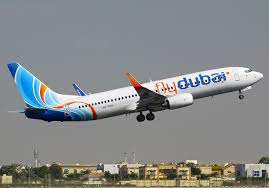The United States has declared a significant rise in fees for diverse non-immigrant visa categories, such as H-1B, L-1, and EB-5, with the latter being particularly popular among Indians.
Starting April 1, the fee hike, the first since 2016, will be implemented. The H-1B visa, utilized by US companies to hire foreign workers with specialized skills, especially from countries like India and China, will see an increase in the application fee (form I-129) from USD 460 to USD 780. Additionally, the H-1B registration fee will rise from USD 10 to USD 215, effective from the following year. The EB-5 program, established in 1990, allows high-net-worth foreign investors to secure a US visa by investing a minimum of USD 500,000 in a US business, creating employment for American workers.
The fee for L-1 visas has surged from USD 460 to USD 1,385, while EB-5 visas, commonly known as investor visas, have spiked from USD 3,675 to USD 11,160, as outlined in a federal notification issued on January 31.
The L-1 visa, a non-immigrant category for intracompany transferees in the US, facilitates the temporary transfer of certain employees from foreign offices to work in the US. The Department of Homeland Security stated in its federal notification that fee adjustments, along with changes to forms and fee structures used by the United States Citizenship and Immigration Services (USCIS), will result in net costs, benefits, and transfer payments.
Over the 10-year analysis period (FY 2024 through FY 2033), DHS estimates annualized net costs to the public at USD 157,005,952, discounted at 3% and 7%. The estimated total net costs over a decade are USD 1,339,292,617 discounted at 3% and USD 1,102,744,106 discounted at 7%.
DHS argued that the final rule changes will bring benefits such as reduced administrative burdens and fee processing errors for the government, along with increased efficiency in the adjudicative process.
Applicants will experience reduced fee processing errors, increased efficiency, simplified fee payment processes for some forms, elimination of the USD 30 returned check fee, limited fee increases, and additional fee exemptions to alleviate financial burdens in many cases. Minor reductions in visa application fees have also been implemented in several categories, according to the federal notification.






